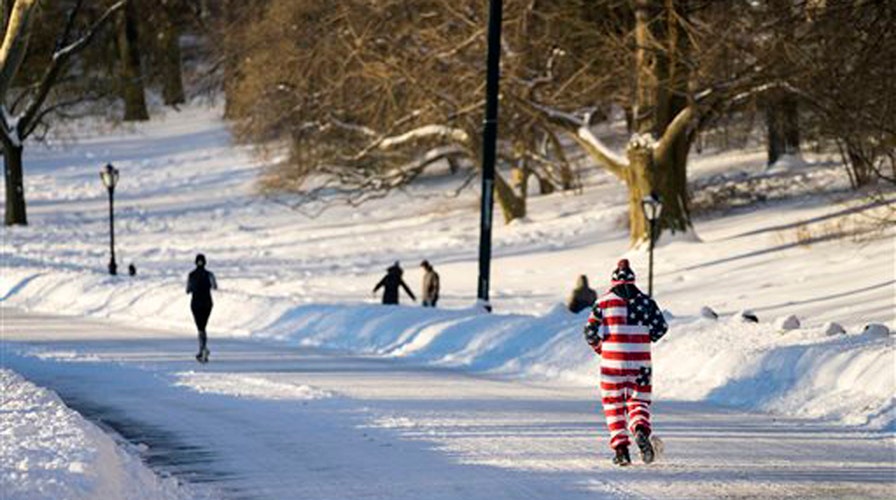How to identify, prevent hypothermia and frostbite
Drs. Samadi and Siegel discuss warning signs
Temperatures in many parts of the country have already dropped considerably in the first few weeks of 2016, and as such, the potential for cold-weather related health issues has increased dramatically. This is especially true for the elderly and those with compromised immune systems. Cold weather can affect your immune system, your heart, your skin, lungs and body temperature.
But regardless of if you consider yourself as at risk or healthy, you should always try to be prepared as best you can to brace the freezing temps outside.
Our first line of defense against cold weather is dressing properly when going outside. This means dressing warmly, and paying particular attention to your extremities like your hands, feet and head. The body tries to keep the essential organs warm, and core temperature up by shunting blood away from the extremities and towards the center of the body. This is why we see more cases of hypothermia, especially in the elderly, as the temperatures get colder.
Hypothermia occurs when your body loses heat faster than it can produce it. When body temperature drops to extremely low temperatures, your heart, nervous system and other organs start to shut down.
If left untreated, hypothermia can be fatal. As hypothermia is a major concern in below-freezing temperatures, knowing the symptoms can help us prevent it altogether. The primary symptoms are shivering, dizziness, confusion, weakness, increased heart rate and faster breathing. As hyperthermia progresses, it can cause very shallow breathing, sleepiness, slurred speech, clumsiness and loss of consciousness. If you start to feel any of these symptoms, you should get indoors and try to warm up by taking off any wet clothing, and laying with warm clothes and blankets.
Hypothermia is not the only concern in cold winter temps. Being outside without the proper gear, especially for prolonged periods of time, can mean muscle tears or sprains, frostbite and even permanent nerve damage.
Frostbite is an injury that occurs when the skin and underlying tissues freeze from being exposed to cold and windy weather. Mild frostbite is characterized by coldness, redness, hardness and numbness of the skin. Mild frostbite will not cause any permanent damage but taking measures to avoid any progression of the frostbite is very important. Your extremities are most vulnerable as mentioned, which is why it is so imperative to cover fingers, toes, ears and face. If frostbite is allowed to progress, skin can blister or turn black from deeper tissue necrosis.
So what can you do to prevent hypothermia and frostbite this winter? Dress appropriately for the weather. This means hats, gloves, socks, scarves and warm clothing. It is also important to note the type of winter wear you are donning. Unfortunately, not all coats, gloves, hats, etc. are made of material that is protective against wet, freezing, and windy weather.
Furthermore, staying out in the wind or cold for too long can have the same effect even if temperatures aren’t below freezing. So be mindful of any symptoms that may indicate for hypothermia or frostbite and stay ahead of the weather to protect your health.

